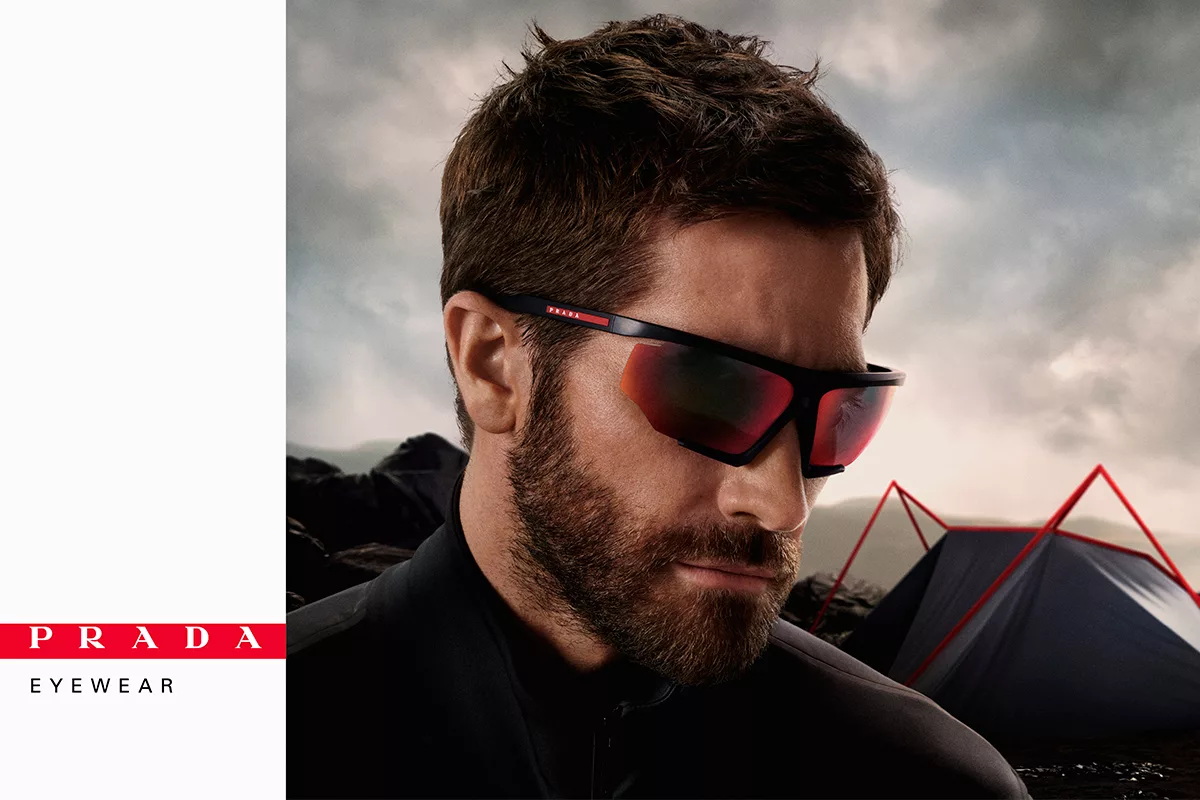Till date, this riot of brand-love exists but its perception has undergone a dramatic transformation, at least when one looks at the international markets
There was a time when owning a Gucci sunglass or a swanky pair of shades by Prada or a Louis Vuitton bag was all about letting the world know. Flashing logos was being interpreted as a part of the fashion statement and regarded more as a status symbol, therefore closely integrated with an individual’s personality. But going by the recent developments, it seems that the tables are turning. Internationally, consumers are now developing an aversion towards flashing big logos. The reason for this change is being attributed to many factors, from the growing income group disparity to the revolution in fashion mantras that proclaim the importance of subtlety. However, with preference of the rich opting towards a subtle style statement, it surely seems that the minimalistic era of fashion is gaining prominence.
When international markets are taken into the analytics of experts, it is seen that the wealthy shoppers prefer to shell out money for designs that are unique and stand out sorely on the basis of creativity instead of just flashing the brand name. Basically conveying a rise of personal tastes and individuality of fashion preferences that is most likely to affect the designs that leading brands are currently offering. To put it simply, the focus is shifting from big, bold and flashy to a more subtle and impressive style statement.
Understanding the cause
One of the major reasons for this change can be attributed to the global recessionary phase where economies across the globe have been witnessing a steady increase of upper-income consumers but the same can’t be said about the middle and lower-income consumers. This income disparity clearly creates a difference in purchasing power. Academicians who are studying this change in the consumer purchasing patterns attribute the shift to a growing guilt in the mind of the rich where they don’t want to brag about the branded stuff that they own.
Today, the high-end shopper is still open to the idea of spending money. However, his idea of owning a branded product is more defined by the quality and creativity that it exhibits.
The eyewear segment
In case of eyewear products too, there are many brands that are now embracing the change and shifting towards designs that are stylish and yet not harping on the display of flashy logos. Additionally, this trend of going subtle has led to niche brands like ic! Berlin, MYKITA, Silhouette and many others who are exclusively into eyewear gain more importance when it comes to the overall market share. Gradually, the international brands are also joining the bandwagon and adapting their designs to suit the evolving demands of the customer by toning down their bouquet of designs.
Today, the consumers are a part of a transitionary phase where the leading brands in this category are already focusing on introducing innovative designs that are high on the fashion quotient and still low on the obvious signs of affluence.
The Indian scenario
As diverse as India is, views can vary even more so here. With change of state, there is a change in the styles observed all around. While what hits the American markets in a flick of time, India seems to absorb in at its own pace and commands dominance in its own time! Commenting on the consumer mindset in India, Anahita Dastoor, owner of Phiroze M. Dastoor & Co., one of the oldest names in the eyecare industry, observes, “Preference here is like individuality; some like it subtle and some a bit over the top. And even with that, not all would necessarily follow and rather prefer an own opinion about it. Eyewear as we understand is not the most debated product when it comes to branding of the logo, so it hasn’t majorly affected the Indian trend as yet.”
Even Snehal Turakhia of Turakhia Opticians, Chennai, shared his insight on the purchase pattern of consumers down South saying, “The market in this part of the country is still evolving as compared to the Western and Northern regions. Logo prominence is definitely needed. People here, like to let the world know when they invest in flashy brands. Though, in case of eyewear, some premium brands like Montblanc and Tom Ford have already started the shift towards subtle branding and are doing well, a large group of consumers, specifically those who want to invest in branded eyewear, prefer the options
with prominent logo display.”
Meanwhile, it is clear that the impact of this trend on the Indian market is surely lesser than what the international markets are experiencing.











